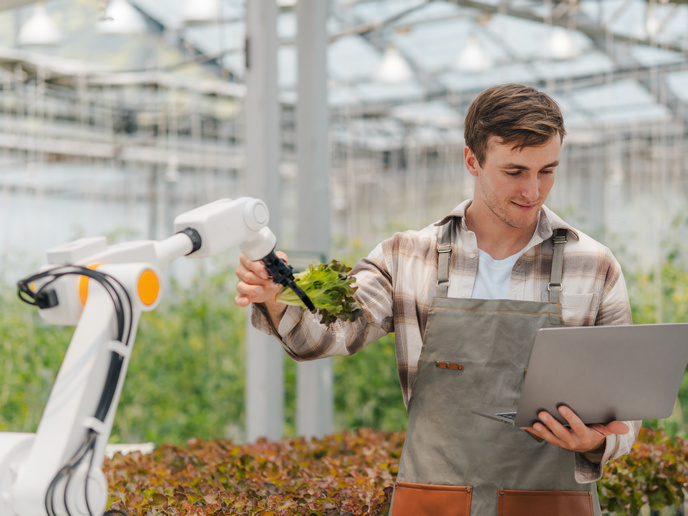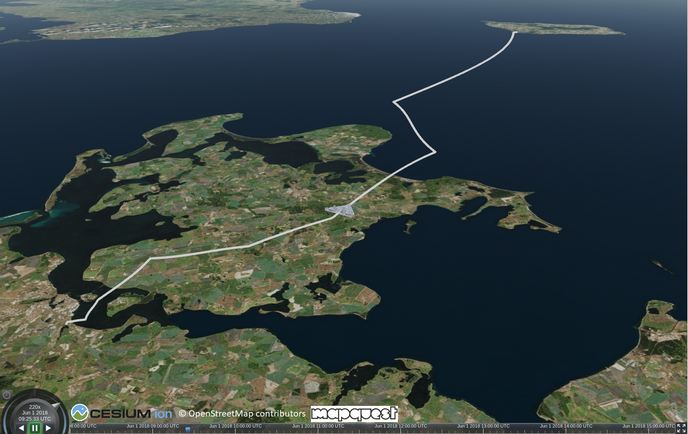Intelligent, interconnected tools augmenting situational awareness in crisis events
First responders confront increased exposure to natural and manmade disasters owing to climate change, rapid and unplanned urbanisation, intensive land use in hazard-prone areas, ecosystem degradation, etc.. Resilience needs to be enhanced at all fronts, so that first responders can anticipate and collaboratively respond to hazards. The goal of the EU-funded ASSISTANCE(opens in new window) project was twofold: to provide technological solutions to assist first responders in each step in the disaster management process and provide them training on augmented, virtual and mixed reality technologies. “The ASSISTANCE platform combines innovative technologies and tools. It gathers data in the air through sensors integrated on unmanned aerial, on the ground through sensors integrated on unmanned ground and from wearable sensors attached to different parts of the firefighters’ body, police officers and paramedics participating in the action,” explains project coordinator Federico Carvajal Rodrigo. ASSISTANCE also provided a novel situational awareness platform that can be adapted to the specific needs of the different types of first responders. In response to a crisis, all the involved first responders will be able to coordinate their actions quickly and efficiently using data from various sensors.
Drone and robot integration in the situational awareness platform
“The use of new tools like robots and drones assists first responders in being more effective and saving more lives during natural and manmade disasters,” notes Carvajal Rodrigo. “In ASSISTANCE, we did not only integrate video streams and telemetry from drones in the situational awareness platform but devised new ways that could really augment operational capacity to the disaster scene. In particular, we used a swarm of drones to provide better network coverage in areas with poor coverage and captor drones for neutralising hostile drones detected during first responder operations.” A swarm of drones with integrated Wi-Fi access points was deployed and used for terrorist attacks as a use case. One of the member drones provided network coverage to a police patrol, while another followed and captured the putative terrorist. The integrated robots in the situational awareness platform were tested for the ability to perform dangerous tasks, such as opening potentially dangerous backpacks, and provide valuable information to the first responders and emergency commanders.
Gas and wearable sensor integration
Gas sensors were integrated into drones and robots, providing real-time information to first responders on the toxicity of the hot spot. When the values of a toxic gas exceed a certain limit, first responders are notified so that they quickly evacuate the area. To identify the toxicity level, the different gas measurements have metadata like time stamps and coordinates so they can be painted on the map with a determinate colour. Besides calculating and predicting the dispersion of gas clouds or toxic fumes, the ASSISTANCE platform displays optimal evacuation routes that avoid potential toxic areas or damaged assets like roads or bridges. In addition, wearable sensors were integrated into the platform providing real-time information on first responder location, heart rate, body temperature and video streams from wearable cameras. An additional security mechanism was added to notify first responders when their heart rate or temperature exceeds a threshold value so that they can receive help or retire from action. “Overall, the ASSISTANCE platform offers an innovative response to the current and upcoming needs of first responders, enabling more efficient cooperation, improving safety and assisting preparedness for the mitigation of large crisis events,” Carvajal Rodrigo concludes.







